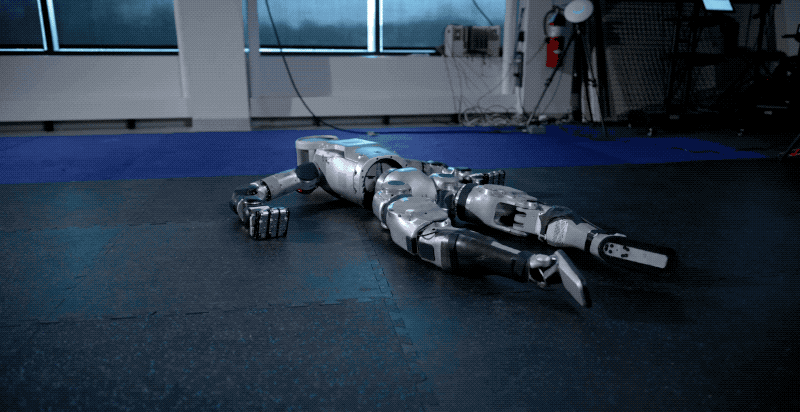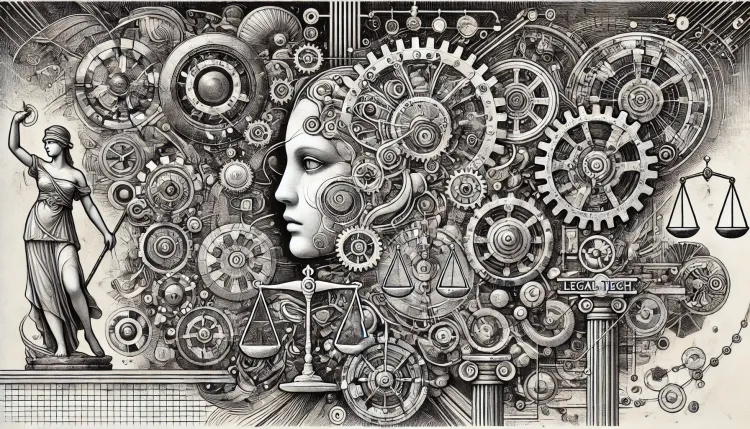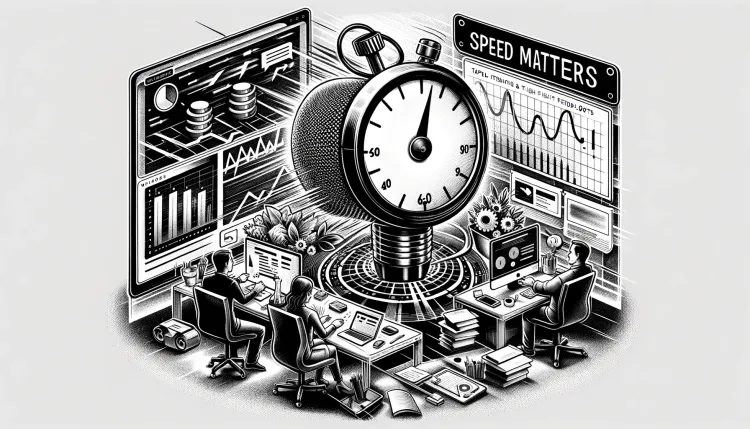Robots in the Uncanny Valley: Crossing the Line Into Creepy


Boston Dynamics unveiled its new all-electric Atlas humanoid robot, and it's unsettling. The robot's range of motion defies human capabilities in uncanny and unnerving ways.
For those unfamiliar, the "uncanny valley" refers to the phenomenon where an artificial human-like form becomes incredibly unsettling and creepy to observers when it gets close to - but doesn't perfectly mimic - the human form. Essentially, we're hardwired to be creeped out by human imitations that are good but not perfect.
The new Atlas robot plunges right into the depths of the uncanny valley with disturbing contortions and an exaggerated range of motion. When we see Atlas twisting its legs into a pretzel to stand up or spinning its limbs in eerily inhuman maneuvers, it triggers an innate sense of unsettling feeling in most human observers.
Why does this design cross so firmly into the uncanny valley? A big part of it is that Atlas takes human familiarity—the rough shape and form of the human body—and then violates our expectations by moving in ways that are biomechanically impossible for humans. Our brains recognize the human-like shape, but then they become deeply unsettled when it moves in decidedly inhuman ways.
Boston Dynamics seems aware of this reaction, leaning into the creepy factor with ominous lighting and camera angles in the debut video. But the question is - do they need to? While a creepy demo video gets attention, pushing too far into the uncanny valley may ultimately make their robots less comfortable and accepted for real-world applications around humans.
As humanoid robots become more advanced and ubiquitous, designers will need to navigate the uncanny valley carefully. The key will be to achieve a balance of human likeness to increase acceptance while avoiding overt creepiness. Maybe giving Atlas a smiley face and some warm lighting is the way to go.
For now, while impressive technically, Atlas and its fellow uncanny robots will likely continue to be iconic symbols of an AI future that makes us a little uneasy to contemplate too deeply.






Become a Fringe Legal member
Sign in or become a Fringe Legal member to read and leave comments.
Just enter your email below to get a log in link.